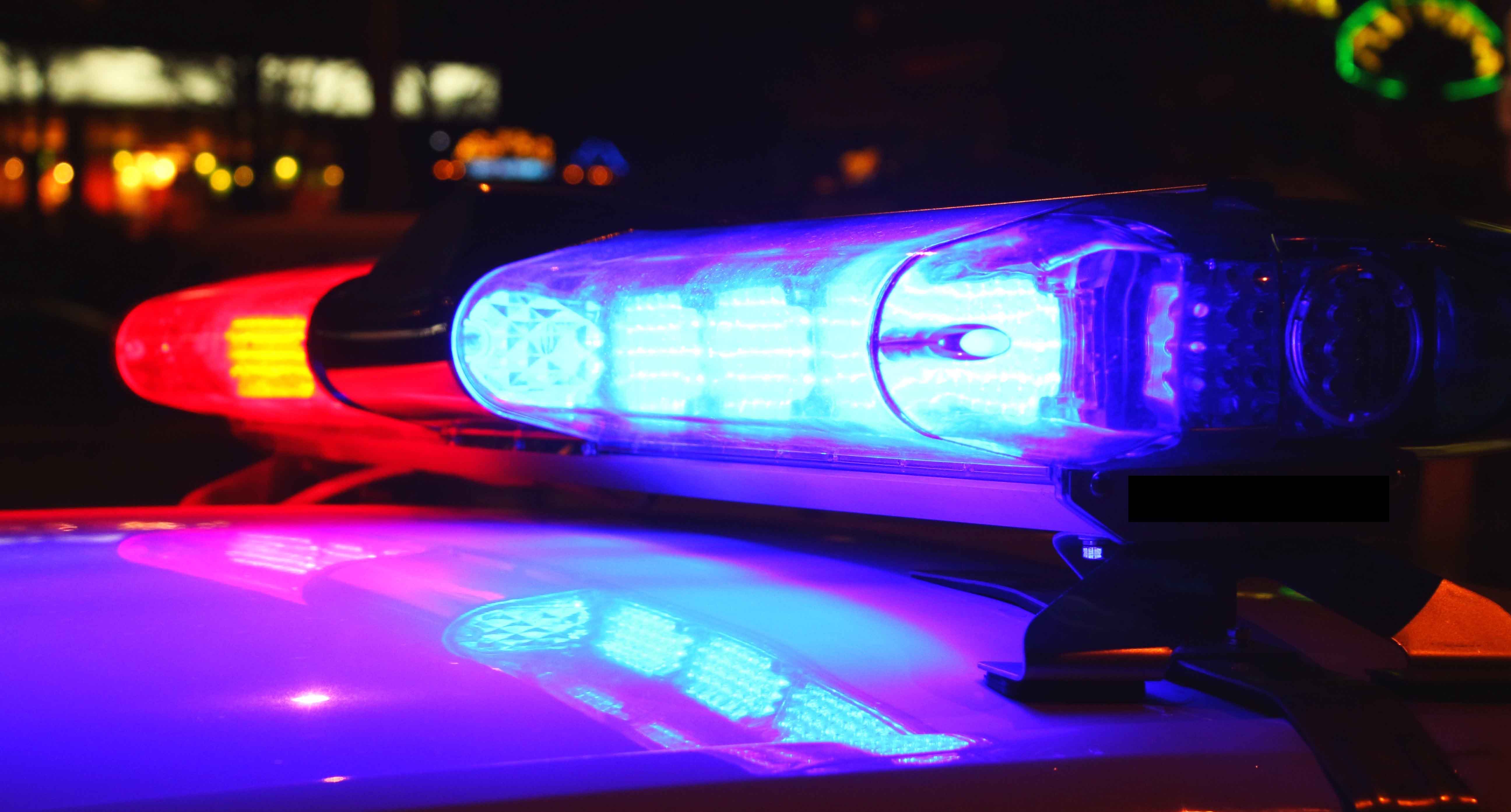Cook County health officials warned Wednesday that COVID metrics in suburban communities are going in the wrong direction, but in seven particular communities, the numbers are rising at alarming rates.
According to officials, seven suburbs saw their number of COVID cases rise more than 200% and as much as 520% in the last two weeks.
County data as of Monday showed those suburbs include:
- Glencoe (250%)
- Norridge (204%)
- Riverside (312%)
- Robbins (200%)
- Harvey (211%)
- Lynnwood (520%)
- Berkeley (400%)
Feeling out of the loop? We'll catch you up on the Chicago news you need to know. Sign up for the weekly Chicago Catch-Up newsletter here.
The suburbs are part of more than 125 municipalities in suburban Cook County. When broken up by number of new cases, the increases come out to:
Glencoe: 20 cases reported Monday, up from eight cases two weeks ago
Norridge: 47 cases reported Monday, up from 23 cases two weeks ago
Riverside: 25 cases reported Monday, up from eight cases two weeks ago
Robbins: 12 cases reported Monday, up from six cases two weeks ago
Harvey: 57 cases reported Monday, up from 27 cases two weeks ago
Lynwood: 26 cases reported Monday, up from five cases two weeks ago
Berkeley: 20 cases reported Monday, up from five cases two weeks ago
Health officials, calling the increase in cases for the so-called hot spots "very concerning," have said that if the current trend continues, the county "will not hesitate to tighten restrictions."
Local
Suburban Cook County as a whole saw 614 new cases reported Tuesday alone, an increase from the 417 reported a day earlier and from the 493 reported one week prior.
Dr. Rachel Rubin, co-lead of the Cook County Department of Public Health, said she "is extremely concerned with the rise in new cases and increase in the positivity rate of COVID-19 in suburban Cook, and throughout the state of Illinois" and urged people to gather outside rather than inside.
"We are considering tightening up the required mitigations again if the trend continues, but we're not taking such actions now, not yet," she said.
The update comes days after Rubin warned that the county could see some previous mitigations return amid what appeared to be the beginning of a third surge of the pandemic.
As of Saturday, both the city of Chicago and Cook County have each recently seen more than 600 new daily cases, Rubin said. Just a few weeks prior, Rubin said approximately 250 cases were reported each day.
The daily positivity rate in COVID testing has also increased, standing at 6.4% for the last few days as of Wednesday. The seven-day rolling average positivity rate is at 5%.
Officials in Chicago have also expressed concern over a “quantum leap” in coronavirus cases, saying that a failure to curtail those gains could cause some restrictions to be re-imposed after they were loosened earlier this year.
As is the case in Chicago, Rubin said cases are spiking in Cook County's younger population, particularly people in their 20s and 30s who are part of the age group that does not have widespread access to the vaccines yet.
"It's you know our 20s and 30-year-olds and somewhat 40-year-olds that are the ones that are testing positive. Younger folks are also, as we know, the ones that are more likely to be out and about and maybe being a little bit less observant of the guidance, which means not wearing masks and congregating in big groups which we don't advise," Rubin said. "So, they are driving this pandemic right now, however it doesn't mean that other groupings other than our older seniors are not also seeing rises because younger people will transmit to their older family or friends."
Late last month, Cook County announced the gradual reduction of COVID-19 mitigation measures, particularly on outdoor gatherings, in alignment with the city's easing of restrictions.
The updated capacity limits include:
- Outdoor Dining: Groups of 10 people
- Amusement Parks: Can open at 25% capacity
- Outdoor Fitness Classes, Meetings, Social Events and Recreation Activities: Can increase to 50% capacity or 100 people
- Seated Spectator Events: Venues with a capacity less than 200 are limited to 50% and no more than 50 individuals. Larger venues with a capacity of more than 200 are limited to 25% capacity.
Indoor service remained limited to the lesser of 50 patrons or 50% capacity per room.



